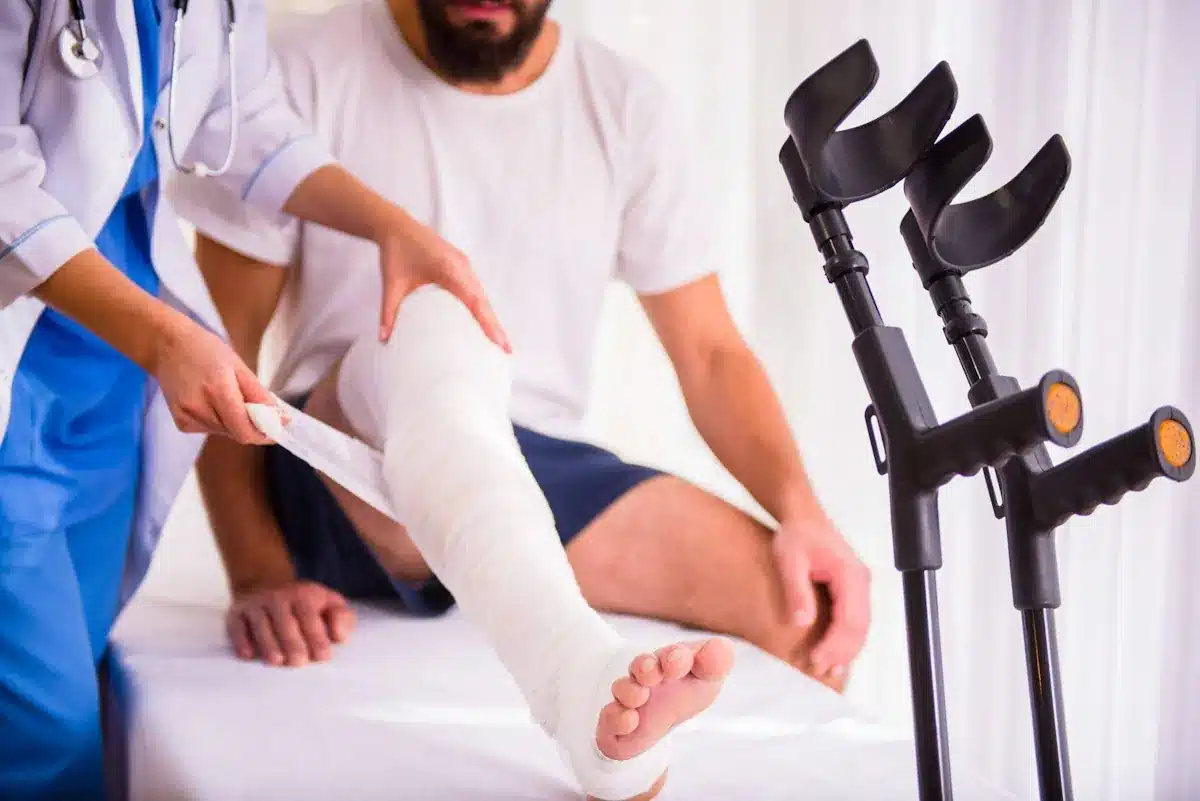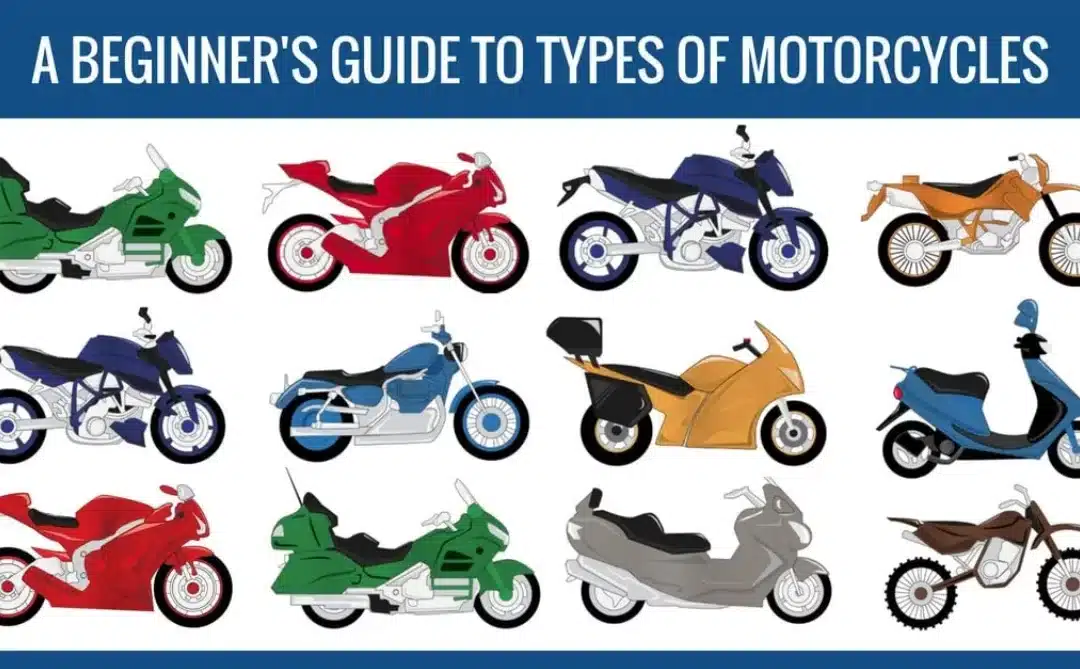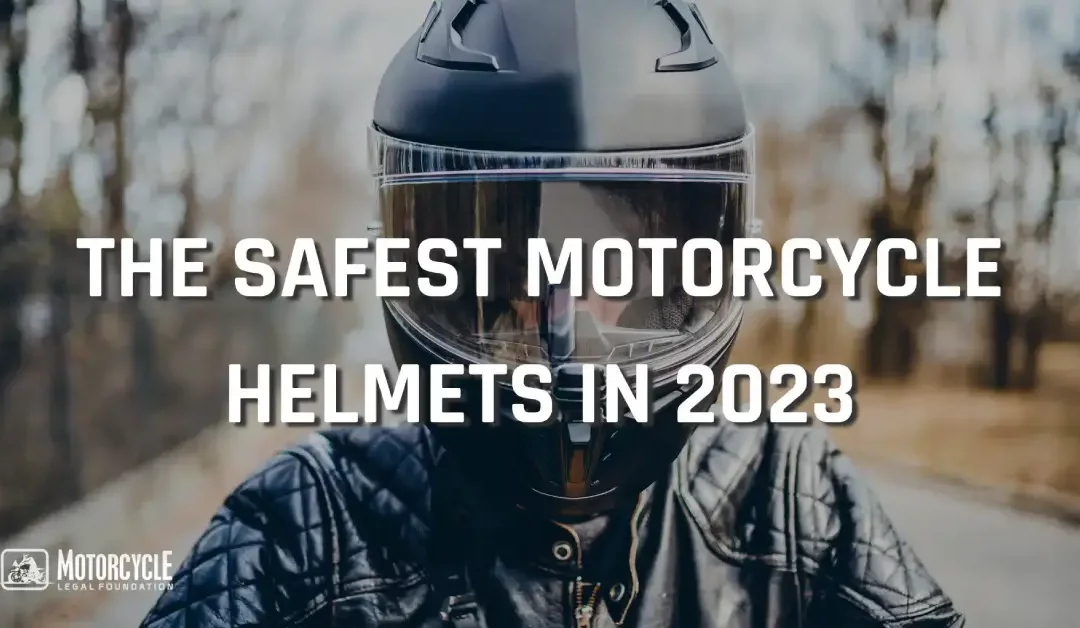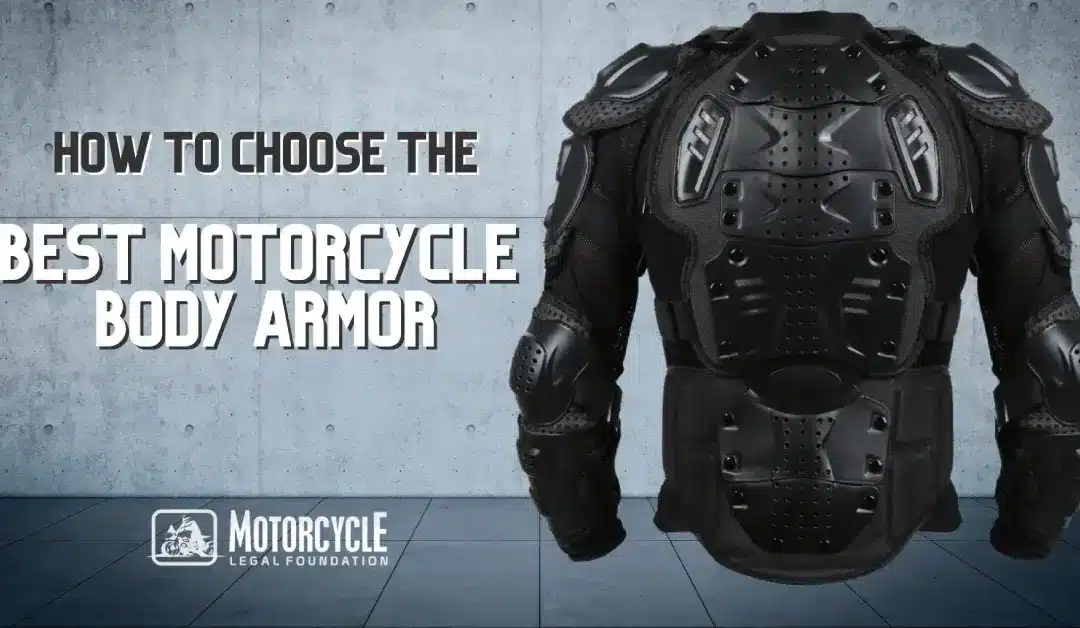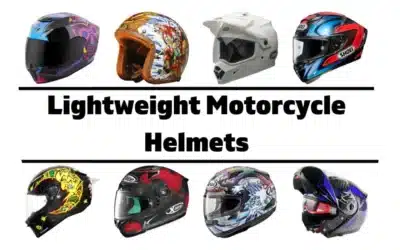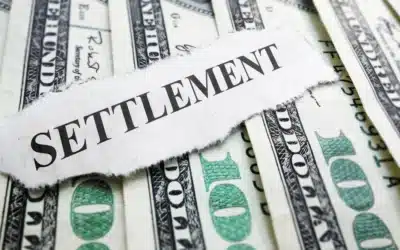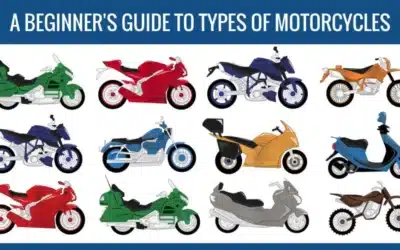Common Motorcycle Injuries
What Should You Do Following a Motorcycle Injury?
When Should You Seek Legal Help and What to Do?
With the riding season upon us, the topic of motorcycle rider safety comes front and center. The top of the list on safety is usually about motorcycle rider fatalities. That makes the statistics jump out, but more often than not, simple injuries while riding are more common than a fatality. For instance, road rash is the most common injury sustained while riding. Would you believe it? The National Highway Traffic Safety Administration (NHTSA) claims that motorcycle riders are 26 times more likely to die in a traffic collision and 5 times more likely to be injured than a passenger in an enclosed vehicle. We’ll break down why you’re more likely to have a simple injury on a motorcycle, and what you can do about them if they occur.
Some of the easier injuries to talk about are going to be bumps and bruises that can occur just from riding. You can expect that some days you’re going to look at your body and ask, “Where did I get that bruise from?” It’s just like another day in your life. You’ll find bruises and bumps are just a small part of motorcycling, and beyond the healing of them, they won’t be much to talk about.
The next level of injuries that you may encounter from motorcycling will be harder to recover from, as the injuries are a little more serious. A hard-hitting accident may bring muscle damage, ‘biker’s arm’, and foot/leg injuries. Each can be harder to recover from and may have different recoveries depending on the injury.
Common Motorcycle Injuries
Muscle Damage
There are more than 600 muscles [1] in the human body [xx] and each can be damaged from an injury. In our younger years, it may only take a few days to see significant progress to heal wounded muscles, but as we age you can expect that recovery time to lengthen. Most injuries from motorcycling are simple sprains rather than tears of muscle tissue, but the harder you ride, you can expect the bigger the injury opportunity may accompany right along. Think of the difference between a highway cruise compared to a day spent off-road riding. The cruise should be less strenuous on the body, while the off-road adventure may make every joint and muscle in your body hurt for a few days or more.
Biker’s Arm
This is a term for a hurt arm as a result of a motorcycle fall or accident. You might fit the arm injury into multiple categories such as muscle injuries, tendon, bruises, or something more along the lines of a fracture or broken bone. It’s normally associated with an accident, as the human inclination is to put your arms down to break a fall. That act of bracing for impact is what generally injures the arm(s).
Foot and leg injuries
These can also include bruises, cuts, sprains, muscle injuries, or breaks. The legs and feet are closest to the ground while riding, and they are usually the first to reach the ground in an accidental fall on a motorcycle. Lower extremity injuries occurred on 47% of the motorcyclists that received treatment after an accident [3].
We talk about ATGATT (all the gear, all the time), and bruises and bumps may just be the tip of the iceberg for motorcycle injuries. Proper safety gear can save you from road rash and potential burns in a motorcycle crash. The proper gear can keep your skin protected from the ground and other objects in a crash. The asphalt, gravel, and even hot exhaust pipes all become a potential injury point in a crash. Our natural reaction is to brace ourselves for a fall with our hands and arms, and without safety gear you are inviting road rash and burns on your upper body and limbs. Both of these types of injuries can take a significant time to heal, involve surgeries and skin grafts, and are guaranteed to be little fun.
If those didn’t sound very enjoyable, there are injuries that are less common, but have larger consequences. Head and facial injuries, spinal injuries, and emotional trauma are lower in frequency but higher in personal cost.
Head injuries
These can happen even with protective gear on. Gear will definitely reduce the chance of being injured, but it won’t reduce the likelihood to zero. Without a helmet, there is a high probability that you may incur a head injury. The severity could be just a good bump, a cut, or even into the extremes of concussions or traumatic brain injury. According to the National Highway Transportation Safety Administration (NHTSA), over 1,600 motorcycle rider lives [2] have been saved every year because they were riding in a proper safety helmet. Proper safety helmet and eye protection should reduce the chance of a brain injury, and keep a fall from causing more than a concussion. Eardrums can also be affected by a crash. An impact to the side of your head, with or without a helmet, can affect your ability to hear. The effects can range from temporary to permanent hearing deficit or complete loss.
Facial injury
Speaking of helmets, they may also prevent a facial injury. A half or three-quarter helmet may protect the top and sides of your head but won’t protect your face and jaw well. Only a full-face helmet offers facial protection, though you can still receive a cut, bruise, or a concussion with a full-faced helmet. It’s definitely better to have a helmet than ride without, so spend the money on quality safety gear as good insurance against serious injury. Facial injuries occurred on 10% of motorcyclists that received medical treatment after an accident [3] from 2003 – 2005.
Spinal injury
Not out of the realm of possibility of injury, though less frequent than you’d expect, a spinal injury can occur at many levels. A bruised spine, a slipped disc, or something far worse can occur from a fall on a motorcycle ride. The more serious spine injuries typically occur because of contact with a fixed or larger object. Think of a tree, guard rail, passenger vehicle, etc.
Emotional trauma
Last, but certainly not least, emotional trauma could be argued as one of or the worst injuries from a motorcycle accident. Many would attribute PTSD to a combat injury than motorcycling, but a Post-Traumatic Stress Disorder can certainly follow a rider for years or decades after a motorcycle crash. Bones can heal, scars can fade, but emotional trauma can change our day-to-day habits and how we interpret the world.
What Should You Do Following a Motorcycle Injury?
There isn’t a one-size-fits-all answer to what to do after a motorcycle injury. Most of the actions after a motorcycle crash will be dependent on if you’re injured and what the injury is. If you are capable, and the injury is minor, just allowing your body to heal with some time off may be enough before you go back to riding. If you needed medical treatment at some point, you may need antibiotics to help reduce the chance of infection (perhaps from a cut or road rash).
Other things you can also do that don’t pertain to injury are:
- Get a police report if possible.
- Take pictures of the accident as best you can. If multiple pictures were involved, get a few pictures of each vehicle from multiple angles. Most cell phones include a camera now, so snapping photos shouldn’t be too complicated in the heat of the moment.
- Get insurance and contact information from all parties involved. If you don’t have a pen and paper available, a simple picture with your camera phone will get the information for later review.
- Contact your insurance company as soon as possible. Even if you didn’t cause the accident, or have no fault in the cause, your insurance company may be able to help you with another vehicle insurance company.
- Lastly, do your best to stay calm. You’ll have adrenaline running high at the time of the accident. Take deep breaths. Motorcycles and property can be replaced, but you can’t.
You may find our past article on accidents also beneficial: What to do before, during, and after a crash.
When Should You Seek Legal Help and What to Do?
Seeking legal help in a motorcycle accident case will be up to you as an individual. If the accident was minor, and the insurance companies take care of the financial responsibilities of the parties involved, you may not feel it necessary to contact a legal team for assistance. On the opposite end of that, you may have injuries that require medical attention, a hospital stay, and multiple surgeries with lasting damage. In those cases, having a good legal team on your side may be just what you need to see the process through. We have a series of articles on choosing the right legal team, working on legal cases, accident case settlements, and more. You may find the answers to all your questions in that series. If not, we’re available to offer help as you need.
Additional helpful articles:
Dealing with PTSD After a Motorcycle Accident
Collecting Evidence After a Motorcycle Accident (for a Claim or Suit)
Motorcycle Accidents: What To Do Before, During and After A Crash
References
https://www.training.seer.cancer.gov/anatomy/muscular/groups/ [1]
https://crashstats.nhtsa.dot.gov/Api/Public/ViewPublication/812138 [2]
http://www-nrd.nhtsa.dot.gov/Pubs/810982.pdf [3]

